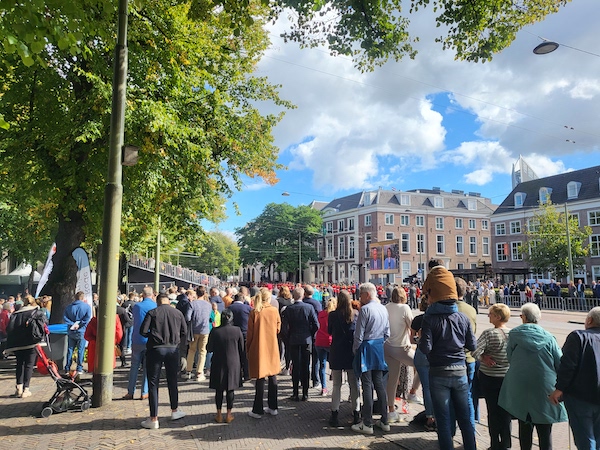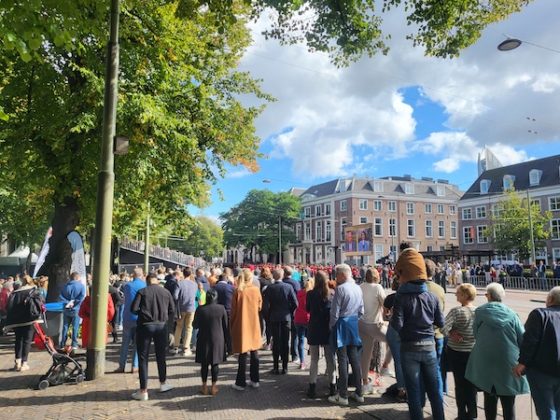The Dutch government’s 2023 budget: the details so far


The government is presenting its 2023 spending plans on Tuesday. Here’s what we know so far.
- Spending power is the dominant theme in Tuesday’s budget, with €18 billion allocated to alleviating the problems facing both poor households and the middle classes.
- A price cap on energy bills will be introduced this autumn which will cover up to 12,000 cubic metres of gas and 2,400 kilowatts of electricity a year. Some 60% of households currently use less than this.
- The minimum wage and related benefits, such as the state pension, will rise 10% in January, as announced earlier.
- Housing, healthcare and child benefits will also rise.
- The average family is set to have 3.9% more to spend next year, although this will not offset the average drop of 6.8% this year.
- Low income households will have some 7.5% more to spend.
- The lower income tax bracket will be cut.
- The extra spending will be paid for by an extra ‘contribution’ from oil and gas companies as well as higher corporate and asset taxes.
Other measures
- The defence ministry budget will be increased to 2% of GDP, as announced earlier.
- An extra €3.9 billion to support Ukraine, involving both military and humanitarian measures
- A further €1 billion will be spent on providing crisis accommodation for refugees and regular housing for those who have been given residency status.
- €5.2 billion has been allocated to pay for measures to reduce the spread of coronavirus next year.
Thank you for donating to DutchNews.nl.
We could not provide the Dutch News service, and keep it free of charge, without the generous support of our readers. Your donations allow us to report on issues you tell us matter, and provide you with a summary of the most important Dutch news each day.
Make a donation